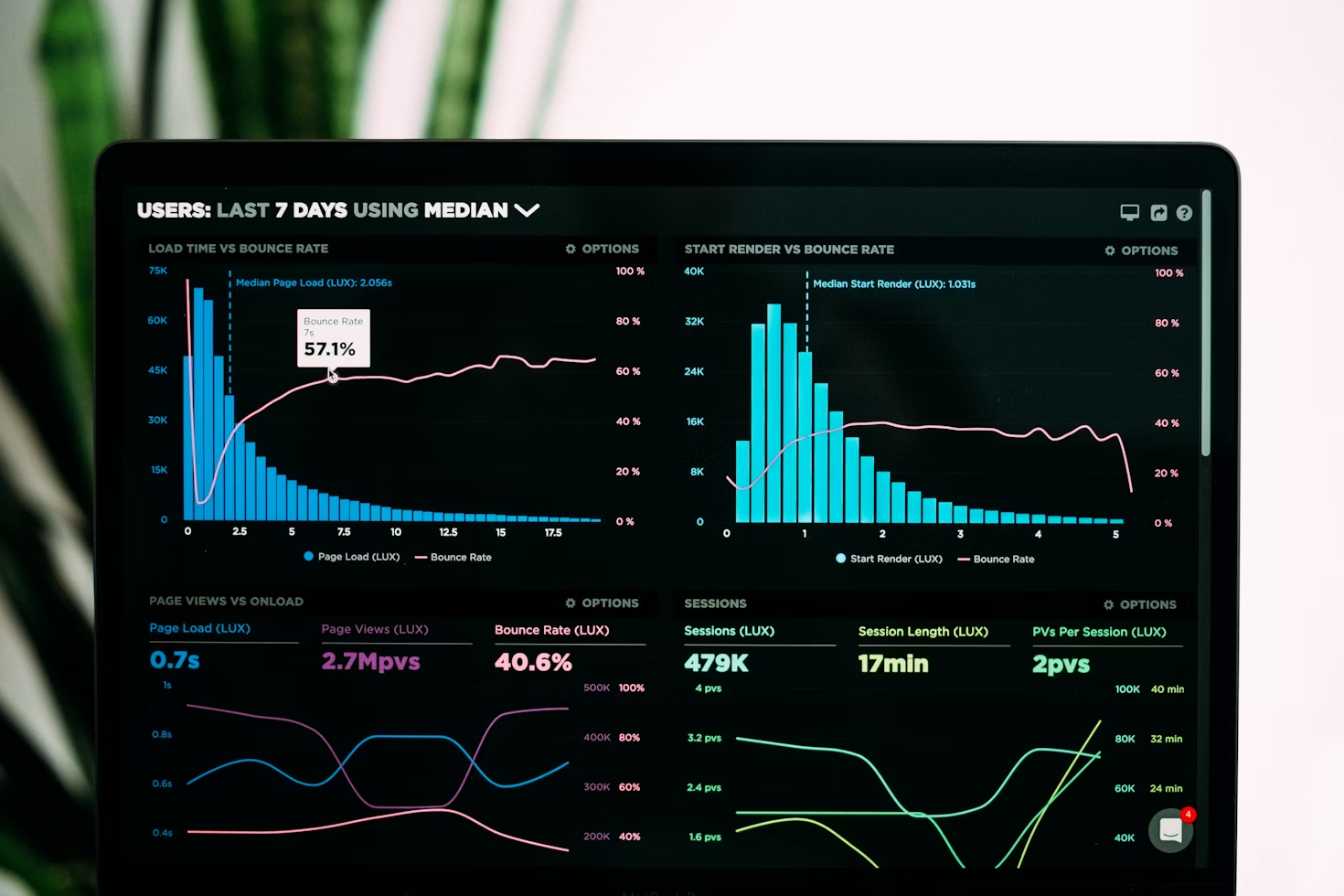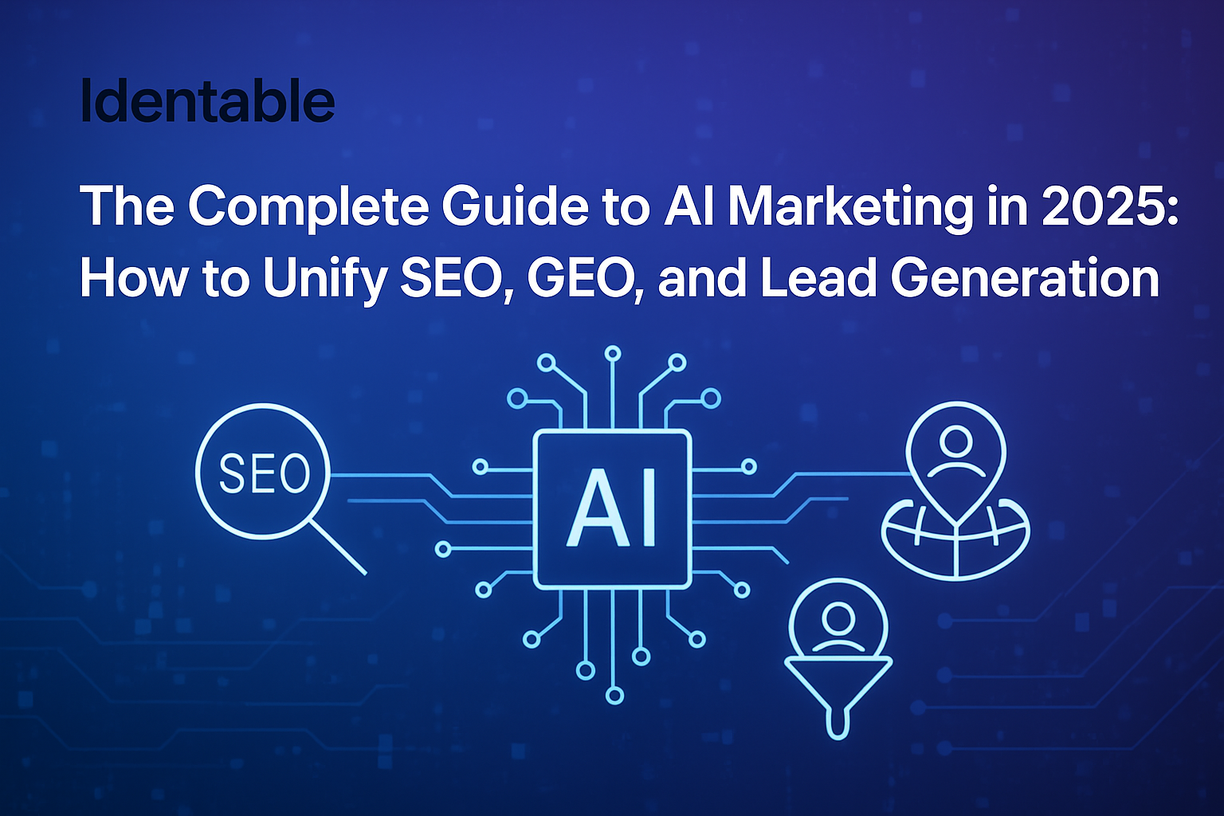In a recent survey of marketing leaders, 78% reported difficulty quantifying the ROI of their AI marketing investments, despite 91% acknowledging AI’s critical role in their future strategy. This disconnect between perceived value and measurable results creates a significant barrier for tech and SaaS companies looking to justify increased investment in AI marketing solutions.
At a time when marketing budgets face unprecedented scrutiny, the ability to demonstrate concrete returns from AI tools isn’t just beneficial—it’s essential for survival. Yet most organizations still struggle with fundamental questions: Which metrics truly matter? How long should the measurement period be? And how can subjective benefits like “brand consistency” be quantified in dollars and cents?
This article breaks down the framework that has helped our clients achieve an average 327% ROI from AI marketing implementations, with measurement approaches that satisfy even the most data-hungry CFOs.
The Flawed Approach to Measuring AI ROI
Most marketing teams make a critical error when evaluating AI marketing tools: they focus exclusively on time saved rather than value created. This creates three problematic outcomes:
- Undervaluing strategic benefits: Creative quality improvements, message consistency, and competitive differentiation get dismissed as “soft metrics”
- False efficiency metrics: Teams count hours saved but ignore the quality differential between AI-assisted and fully human work
- Isolated measurement: ROI calculations happen in silos rather than tracking the cumulative effect across the marketing ecosystem
A more comprehensive approach measures both operational efficiencies AND performance improvements, creating a complete picture of AI’s impact on your marketing function.
The Three-Layered AI Marketing ROI Framework
The most successful organizations measure AI marketing returns across three distinct layers:
Layer 1: Operational Efficiency (The Foundation)
Start with the most concrete metrics that demonstrate immediate resource optimization:
- Production time reduction: Measure the delta between pre-AI and post-AI content creation timeframes
- Resource reallocation value: Quantify the revenue impact of shifting human resources from production to strategy
- Content volume increases: Track expansion in output capacity without corresponding budget increases
- Error reduction: Calculate the cost savings from reduced revision cycles and quality issues
Case Example: A B2B software provider implemented AI-driven content optimization tools and reduced blog production time from 12 hours to 3.5 hours per post. By reallocating those 8.5 hours to strategic content planning, they increased organic traffic by 41% within six months—a direct result of better content strategy rather than just faster production.
Layer 2: Performance Enhancement (The Multiplier)
Next, measure how AI improves the actual performance of your marketing activities:
- Conversion rate improvements: Compare pre/post AI implementation
- Engagement metrics uplift: Track increases in click-through rates, time on page, and social engagement
- SEO performance: Measure ranking improvements and organic traffic growth
- A/B testing efficiency: Calculate the value of increased testing capacity and optimization speed
Case Example: By implementing AI-powered content optimization, a SaaS company improved their average email click-through rate from 2.1% to 6.4%—a 205% improvement. The revenue impact: an additional $413,000 in pipeline opportunities from the same email list over one quarter.
Layer 3: Strategic Advancement (The Long Game)
Finally, develop approaches to quantify longer-term strategic benefits:
- Brand consistency value: Measure the impact of consistent messaging on brand perception scores
- Market responsiveness: Calculate the value of faster market pivots during industry shifts
- Personalization impact: Track revenue differences between personalized and generic customer journeys
- Competitive differentiation: Assess market share changes attributable to AI-enabled capabilities
Case Example: A marketing automation company implemented AI-driven social media content generation across nine different platforms. The consistency in messaging across channels improved brand recognition by 27% according to their brand tracking survey, directly correlating with a 19% reduction in cost per acquisition for new customers.
Implementation: Creating Your Measurement Protocol
To implement this three-layered approach in your organization:
- Establish clear baselines: Document current performance across all metrics before implementing AI tools
- Set realistic measurement timelines: Operational metrics can be measured within weeks, while strategic impacts may take 6+ months
- Implement proper attribution: Use tracking parameters and customer journey analysis to isolate AI’s impact from other variables
- Document qualitative benefits: Capture testimonials and feedback from team members about improved workflow and creative quality
- Report comprehensive ROI: Present a complete picture that includes both immediate savings and strategic value
Avoiding Common ROI Measurement Pitfalls
Even with a structured framework, several traps can undermine accurate ROI assessment:
- The perfection fallacy: Expecting AI to completely replace human involvement rather than augment it
- Ignoring implementation costs: Failing to factor in training time, integration expenses, and workflow adjustments
- Disconnected measurement: Not connecting AI improvements to actual business outcomes
- Static assessment: Measuring initial results without accounting for ongoing optimization and improvement
Pro Tip: Create a dynamic ROI dashboard that updates as your team gains proficiency with AI tools. Most organizations see ROI increases of 40-75% between months 3 and 12 as teams optimize their AI implementation.
Conclusion
For tech and SaaS companies, AI marketing tools represent an unprecedented opportunity to scale performance while controlling costs—but only when their impact is properly measured and optimized. By implementing the three-layered ROI framework, marketing leaders can confidently demonstrate value, secure continued investment, and focus resources on the AI applications that deliver maximum returns.
The organizations that thrive in the AI revolution won’t simply be those with access to the best tools, but rather those who develop the most sophisticated approaches to measuring, optimizing, and scaling their AI implementations.
Daniel Harris is the Director of Marketing Analytics at identable.io, where he helps tech and SaaS companies implement AI-powered content creation, SEO automation, and marketing analytics solutions. With 12+ years of experience in marketing technology, he specializes in helping organizations overcome the measurement challenges that prevent full ROI realization from martech investments.




Leave a Reply